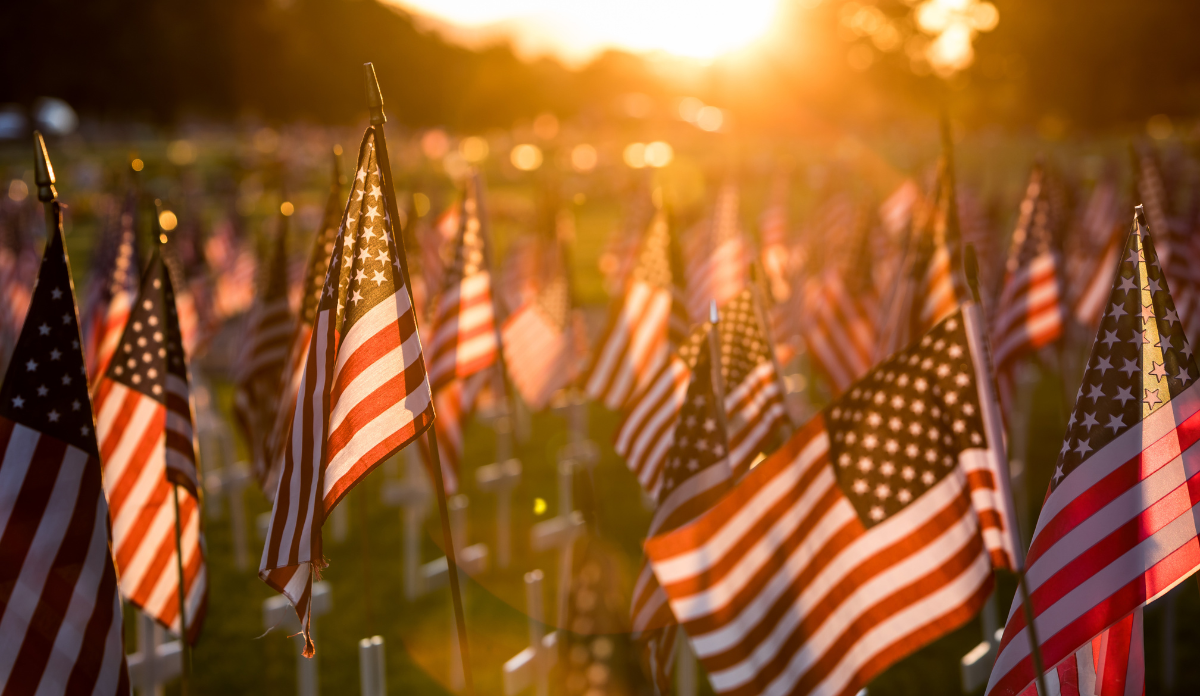Veterans are about 1.5 times more likely to take their own lives than other adults. In response to this gap, the Veterans Health Administration (VHA) is developing specific interventions to target high-risk groups. American Indian and Alaska Native (AI/AN) individuals are overrepresented among veterans, and are one such at-risk population.
Within Native communities, there are several motivations to serve, including the pursuit of economic or educational benefits and family and tribal or cultural values and traditions. Native people have participated in military service since the American Revolution. In general, Indigenous servicemen are typically stereotyped as having innate warrior skills, such as tracking and scouting. These stereotypes can put Native soldiers in more dangerous roles. Native veterans are often younger, with lower levels of income, and yet have higher levels of exposure to combat and environmental hazards compared to White vets. In addition, AI/AN veterans have a higher prevalence of mental health disorders, putting them at a higher risk for suicidal ideation.
Since AI/AN veteran suicide rates are high, Researcher Nathaniel Mohatt and his colleagues identified Native veterans as an important group for VHA’s targeted interventions. The researchers used clinical and administrative records from the VHA to determine suicide rates categorized by age among the AI/AN veteran population. The researchers were able to use VHA records to assess age, sex, and racial identity. The date and cause of death was determined using the Centers for Disease Control’s National Death Index records.
The study provides a first look into the surge in suicide mortality among Native veterans.
The investigators found suicide rates within this population more than doubled from 2004 to 2018. The findings also showed that younger veterans aged 18-39 had the highest risk suicide, with a rate of 66 per 100,000 people each year.
These findings reflect trends in the general AI/AN population. The researchers note that the reasons for the high suicide rates are multifaceted and identified risk factors, including experiences of trauma, substance use, and social isolation, and community factors like poverty and limited access to care. Indigenous populations, in particular, face experiences of historical trauma caused by past wars, genocide, and broken treaties perpetuated by policies harmful to Native people and communities. These risk factors also impact Native veterans and can have effects both during and after service.
This study only includes data from the VHA and does not reflect the entire AI/AN veteran population, as approximately only half of AI/AN veterans access VHA services. However, the study provides a first look into the surge in suicide mortality among Native veterans. These results show a need for suicide prevention programs developed specifically to reach AI/AN persons and that engage their cultural strengths. The researchers recommend that the U.S. Department of Veterans Affairs (VA) partner with Indigenous communities to address these increasing suicide rates.
Photo via Getty Images














